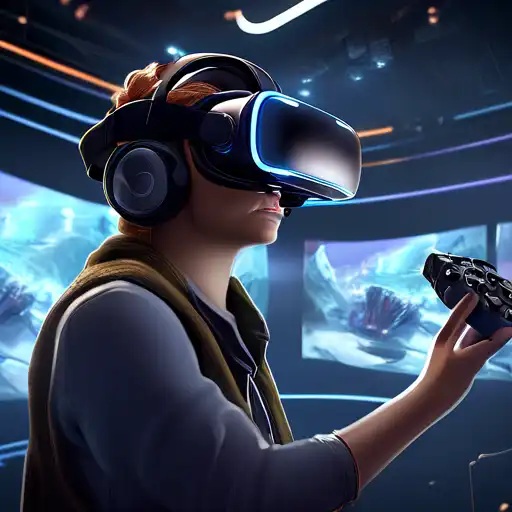Understanding the Complexities of VR Content Development
Virtual Reality (VR) has emerged as a groundbreaking technology, offering immersive experiences that were once the stuff of science fiction. However, developing content for VR presents a unique set of challenges that creators must navigate to deliver compelling experiences. This article delves into the hurdles faced in VR content creation and offers insights into overcoming them.
Technical Limitations and Hardware Diversity
One of the primary challenges in VR content development is the technical limitations imposed by current hardware. VR requires high frame rates and resolutions to prevent motion sickness, demanding powerful computing resources. Additionally, the diversity of VR hardware, from standalone headsets to PC-connected systems, complicates development, as content must be optimized for multiple platforms.
High Development Costs
Creating VR content is resource-intensive, requiring specialized skills and tools. The cost of VR development kits, software licenses, and talent can be prohibitive for small studios or independent creators. This financial barrier limits the diversity of content and innovation in the VR space.
User Experience and Interaction Design
Designing intuitive user interfaces and interactions in a 3D space is another significant challenge. Traditional 2D design principles do not always translate well to VR, necessitating a reevaluation of how users navigate and interact with content. Ensuring comfort and accessibility for all users adds another layer of complexity.
Content Length and Engagement
VR experiences are often shorter than traditional media, partly due to the physical discomfort prolonged use can cause. Creators must find innovative ways to maintain engagement without overwhelming the user, balancing immersion with comfort.
Overcoming the Challenges
Despite these hurdles, the VR industry continues to grow, driven by passionate creators and advancing technology. Collaboration across disciplines, from game design to psychology, is key to solving these challenges. Moreover, as hardware becomes more accessible and development tools more user-friendly, the barriers to entry are gradually lowering.
For those interested in exploring VR content creation, starting with small projects and leveraging community resources can be a great way to gain experience. Platforms like Unity and Unreal Engine offer robust tools for VR development, along with extensive documentation and tutorials.
The Future of VR Content
As technology evolves, so too will the possibilities for VR content. Advances in AI, haptic feedback, and wireless technology promise to address many of the current limitations, opening new avenues for creativity and interaction. The challenges of today are the stepping stones to the immersive experiences of tomorrow.
In conclusion, while developing VR content is fraught with challenges, it is also an exciting frontier for creators. By understanding and addressing these hurdles, developers can unlock the full potential of virtual reality, crafting experiences that captivate and inspire.
